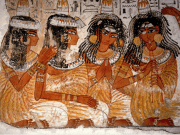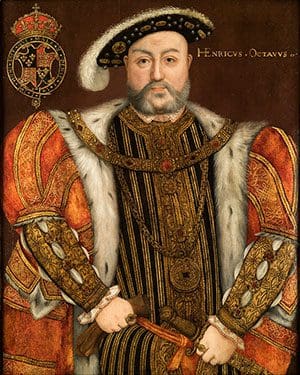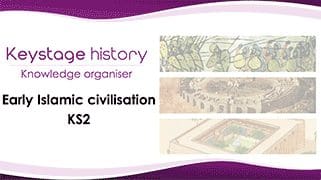
A few weeks ago, Egyptian archaeologists the discovery of a “lost city” of the pharaohs dating back some 3,400 years that they described as the biggest ancient settlement yet uncovered in the Nile valley and the second most important find since Tutankhamun. The city was excavated on the west bank of the Nile in Luxor, near to monuments including the tomb of Rameses III and the Colossi of Memnon, two massive stone statues that represent Amenhotep III, who died around 1354 BC, and his wife, Tiye.
The remains, which will take over a decade to excavate, have been dated to the reign of Pharaoh Amenhotep III, the grandfather of Tutankhamun, across the river from the ancient capital Thebes. It is very rare to find an entire city such as this.
The remains of walls of buildings such as bakeries have been so well preserved in the dry sandy conditions that








